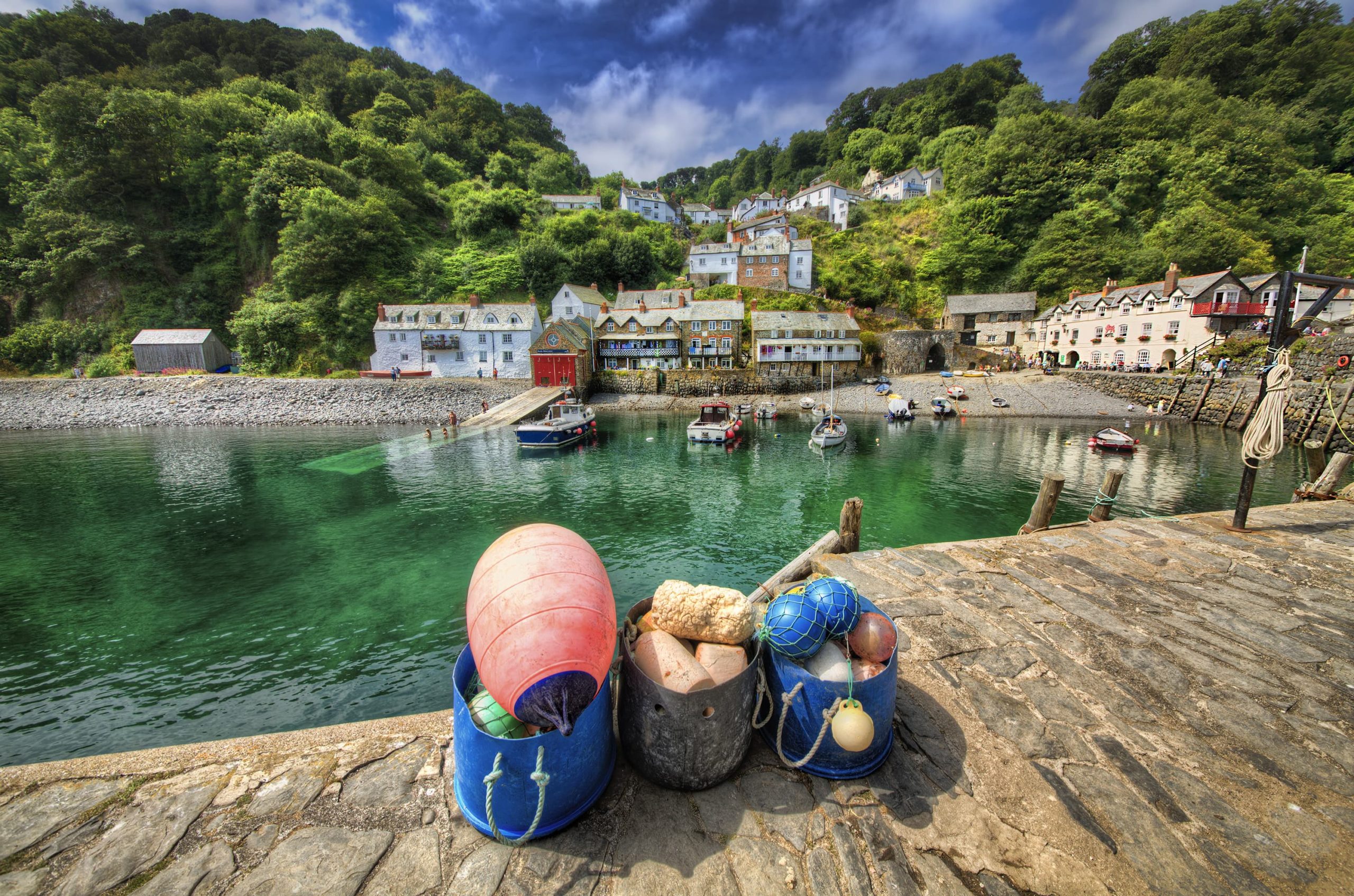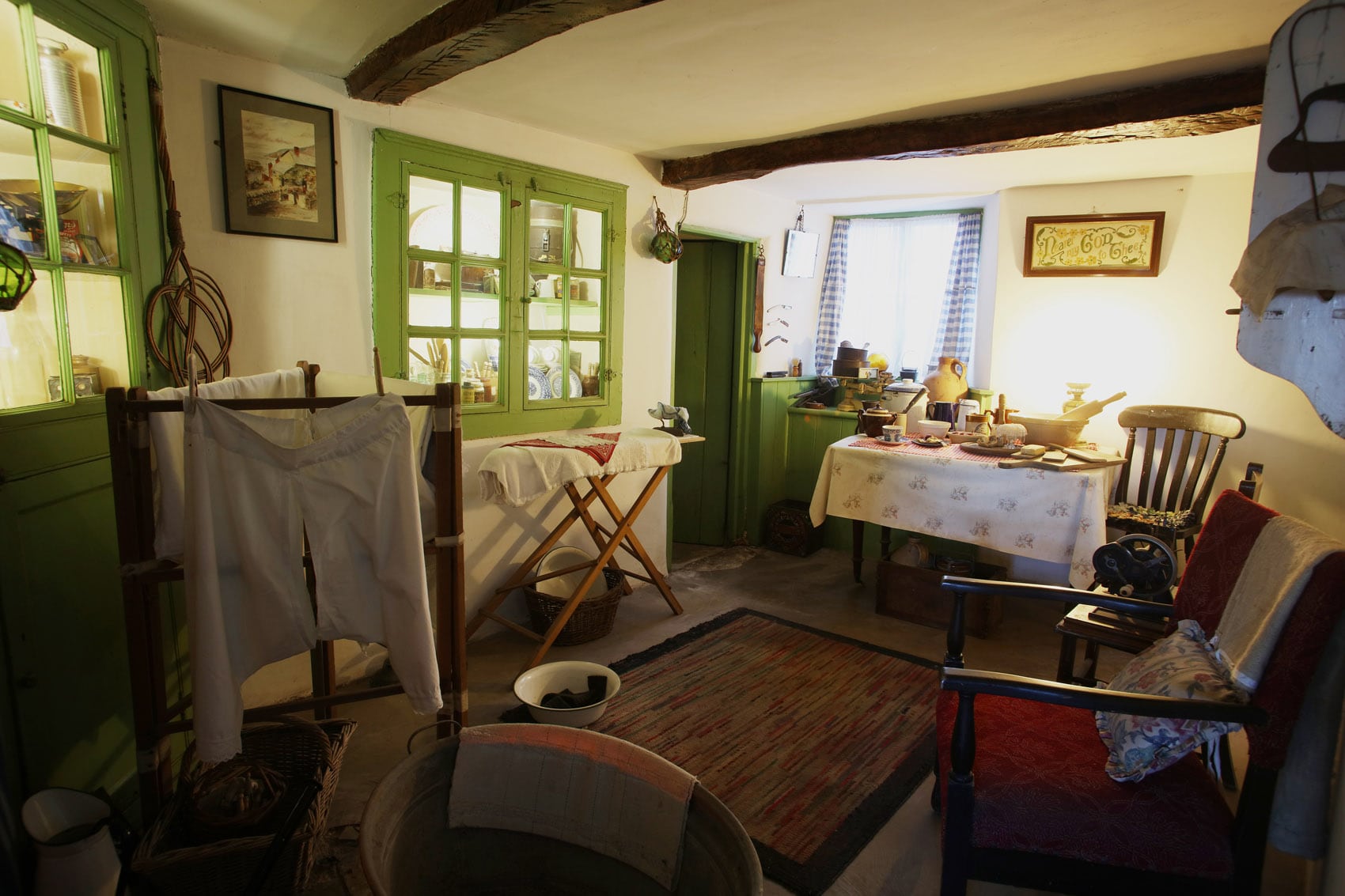Visiting Clovelly
Clovelly is a beautiful, picturesque fishing village, steeped in maritime atmosphere and history. It was once owned by the Queen of England!
Book TicketsFishermans’s Cottage is found walking along the path by the side of the cottage containing the Kingsley Museum. It is just a few yards down from the New Inn where you’ll come to the pretty little Fisherman’s Cottage, a very special North Devon attraction.

By 1840 Clovelly was classed as an important North Devon fishing port with 60 to 70 boats working in the herring fishery. A Devon guidebook of 1859 stated that in favourable weather ‘a Clovelly boat has captured 9,000 herrings in one haul’. Today, fishing continues, but on a limited, sustainable basis. The famous Clovelly crabs and lobsters remain a prize catch and the herring still visit in autumn. Both can be tried at the annual festivals.

Inside the cottage you can see how a Clovelly fisherman and his family lived in the 1930s. The parlour is decorated with domestic treasures of the period, including simple cottage furniture, colourful pictures and religious engravings. The tiny kitchen is plain but full of period charm. Upstairs there are two small bedrooms, a sail loft, and an attic complete with straw mattresses.
The cottage is packed with fascinating information and old photographs that give a vivid picture of Clovelly’s fishing heritage. Like all the early cottages in the village, it is built in cob and stone. A wall in the downstairs room has been left un-plastered to show how it was made – with a bottom layer of stones from the beach, and then a layer of cob (earth mixed with a little straw).
Wells once supplied Clovelly’s water, and older residents still remember how pure it was. In the front room of the cottage there is a typical village well. Residents would watch the level carefully, as sometimes, in heavy rain, it could overflow and cause a flood.